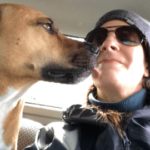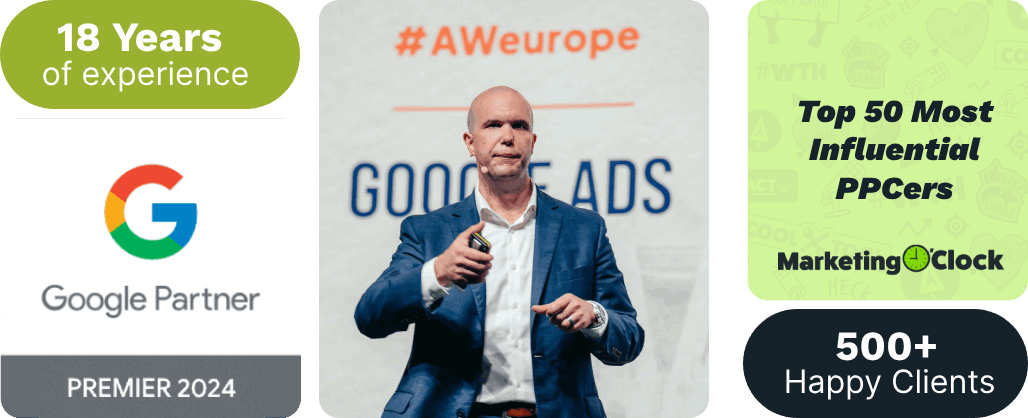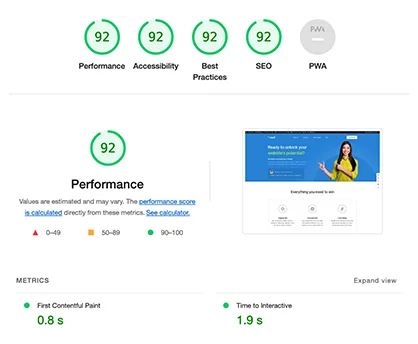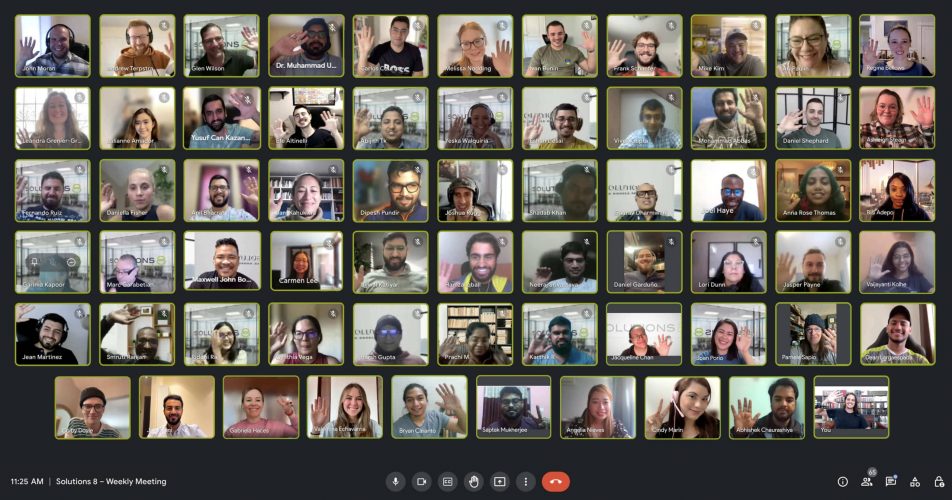If you want to hit your performance goals and scale your Google Ads campaigns successfully, proper conversion tracking is imperative.
But what happens when tracking becomes a challenge?
In this clip from an episode of the Curry, Cheese, and Vegemite podcast, Glen, Colby, and Usama discuss what to do when tracking problems arise—and why it makes sense to track conversions at every step in the funnel. Read on for a brief summary of their discussion, plus some tips and strategies you can easily apply today.
Does this problem sound familiar?
Usama admitted that he had been having a “huge issue” with tracking for a service-based (lead generation) client. Specifically, the numbers in the Google Ads dashboard were not lining up with the client’s internal dashboard, which they were using to track leads and booking separately.
And not only that, but in this scenario, Google Ads was actually over-tracking when compared with the internal dashboard. (Usually, it’s the other way around.)
When issues like this arise, it makes it harder for PPC marketers to understand what’s working and what’s not, which can significantly impact campaign performance.
So, how do you fix the problem?
Colby pauses the conversation at this point and recommends giving a quick recap of the fundamentals of tracking with a lead generation client.
You must be tracking at every stage of the funnel.
“I think the most important thing you have to do is understand each step and ensure that it is tracked,” explains Colby. What does he mean by that?
As an example, let’s say you have a very simple process: Someone fills out a form, then a sales rep gets in touch with them, and then the sales rep determines whether or not to move forward and close the deal. Colby says you need all of this information to be fed into Google so Google can eventually make the right decision.
“So many people will just stop at the form and say ‘Yeah, we got a lead.'”
However, if you are just optimizing toward leads, you could be getting a ton of junk if that is all the information Google has. Instead, Colby says, you need to segment off that good information.
Find out where the disconnect is happening.
Usama agrees that tracking is extremely important, especially when you are trying to track the different steps of a funnel.
If your funnel has three stages and you are diligent about tracking at every stage, you have a much better chance of seeing where the disconnect is happening—in other words, where people may be falling off and failing to convert. This leads to better value, or better bidding essentially.
Colby adds that with lead gen campaigns specifically, businesses should definitely have some way of tracking call conversions. Basically, people are not always going to behave the way you assume they will, so any possible way a consumer can get in touch with you should be tracked. This includes filling out an online lead form as well as making a phone call.
When you track every step, you can better optimize your funnel.
Colby explains that one of the things he looks at is the conversion rates between each stage, which allows him to really dial in and figure out what’s working. So, for example, if you are optimizing to your last conversion action, you can start looking at what is driving the actual purchases and what the conversion rates are from one step to another.
See what keywords are leading to conversions.
Adding to that, Usama says that tracking at every stage of the funnel not only allows you to compare conversion rates but also to identify which keywords are leading to a certain conversion rate.
There might be one keyword that gets you better leads, says Usama, but there might be a different keyword that gets you better calls and a different keyword that gets you better closes. Those are three different scenarios in each of your campaigns that you can just narrow down if you are tracking them individually, he adds.
Then, if we assume (and Colby confirms) that the final step/conversion is the most valuable lead, at what point is there enough data to optimize? In other words, how many of those closed leads should you be aiming for before you can just let that conversion action stand on its own feet and not use any other conversion data?
The answer: About 15 to 30.
Usama likes 15 to 20 if he is running tCPA or max conversions, but if he is going to add conversion values to each step of the funnel, then he usually aims for more data—roughly 20 to 30. However, if the momentum is there in the early days and he starts to get a “bunch of conversions,” he won’t wait.
A word of caution about keywords and conversions
At this point in the video, Usama adds a word of caution about keywords and conversions:
“If you go into your Search campaigns and the keywords that you’re getting conversions on are very spread out and not focused into something very specific, you can have 30 conversions but if they’re spread out too broad and not relatively close, that campaign will die.”
To clarify, you need a certain number of conversions on a certain theme of keywords in that campaign before you jump the gun and go to an automated bidding strategy. If there is no clear focus, says Usama, it will take longer for the campaign to succeed—and it might not succeed at all.
Glen asks his take on segmenting out those search themes into ad groups within a Search campaign, and Usama says he is okay with that. Currently, he has been having success with small, one-word or two-word broad matches and just running those.
Sometimes, though, it depends on the industry.
Usama uses the example here of a ($1 million monthly) account he was running for a brand in the nutritional supplements space. The best-performing keyword by far was just “supplement”.
Similarly, for a skin care brand account he worked on, the best-performing search terms were “makeup” and “organic makeup”.
Colby interjects here and reminds viewers about the importance of looking at your search terms reports, not your keywords reports. Why?
“If you’re looking at search terms you can use a broad match strategy, but you just need to almost treat it like a Standard Shopping strategy where you’re consistently adding negatives,” he explains. “And I find if you consistently add negatives to broad match keyword ad groups, you will eventually start to make that funnel and you’ll have to add less and less as time goes on, and that’s a good way I found to scale.”
Getting back to tracking…
Usama wraps things up by bringing the convo back around to the topic of tracking for lead gen campaigns. Basically, if you have multiple steps in the funnel, track as far into the funnel as you can to meet those thresholds.
Colby adds that if you can’t get those 30 or so conversions (from that final conversion action), your campaign is not going to last. But there are different strategies you can apply to hit your goal. He explains it this way:
Say you are unable to get 30 transactions captured but you can get 30 qualified leads tracked instead. So, instead of optimizing toward that final conversion, you are going to go to the step before.
“You want to try as a marketer to track everything you can,” says Colby. “And that way if you can’t track that purchase transaction, you can get as close as you possibly can without getting there—and that way you’ll find something that might have 30 or more.”
Sounds pretty smart, right? Let us know if you apply these strategies and how they work for you!
Author
Pamela is the Senior Content Writer at Solutions 8. When she's not writing, you can find her hiking in the woods with her dogs. She is currently on a quest to visit every national park in the United States.
 Pamela Sapio
Pamela Sapio










